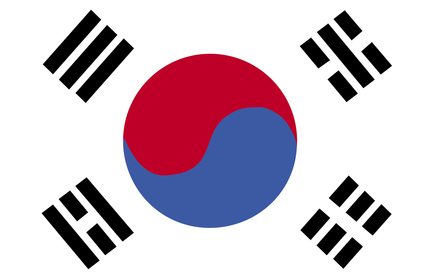Our Art of Tang Soo Do
 What is Tang Soo Do?
What is Tang Soo Do?
Most schools of Tang Soo Do use the transcription "Tang Soo Do". However, scientific texts apply the official transcription 'tangsudo', written as one word. Some authors write "Tang Soo Do" and give "tangsudo" or "dangsudo" in the parenthesis.
Tang Soo Do is a method of empty hand and foot fighting based on the scientific use of the body in self defense. Training in Tang Soo Do stresses the development of individual character, integrity, and respect for others. Utilizing structured and systematic methods of training, men, women, and children can quickly develop beyond their expectations through our exciting program of physical and mental training. Tang Soo Do teaches us through consistent training we will become the very best we can physically and mentally be.
 The Origin of Tang Soo Do
The Origin of Tang Soo Do
The origin of Tang Soo Do cannot be definitively traced to any single person. However, Lee Won Kuk is credited as being one of the first, if not the first, instructor of Tang Soo Do (Chung Do Kwan) in Korea.
Lee Won Kuk had an established Dojang in Korea before Korea was liberated from Japanese occupation. His background was primarily in Okinawan Karate (early Shotokan) and he also studied Taekkyon in An Gup Dong (Seoul) and Kung Fu in Henan and Shanghai China. Additionally, the history of the Moo Duk Kwan (from which the majority of all modern Tang Soo Do stylists trace their lineage) can be traced to a single founder: Supreme Grand Master Hwang Kee.
Hwang Kee learned Chinese martial arts while in Manchuria. He also was influenced by the indigenous Korean arts of Taekkyon and Subak. Kee claims he learned the philosophy of Okinawan Karate from Gichin Funakoshi's books. Hwang Kee also was highly influenced by a 1790 Korean book about martial arts called the Muye Dobo Tongji.